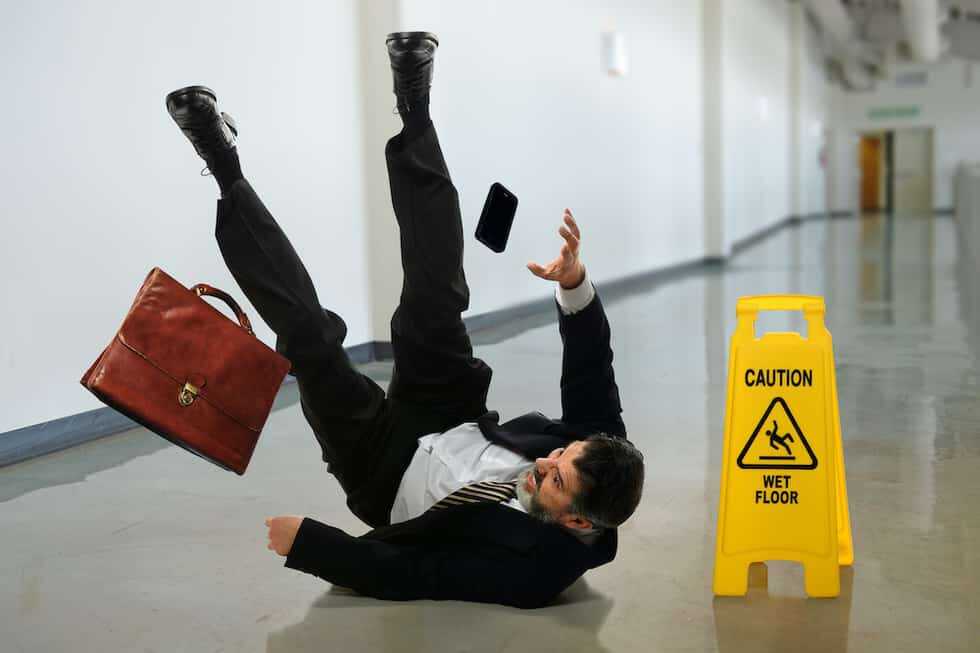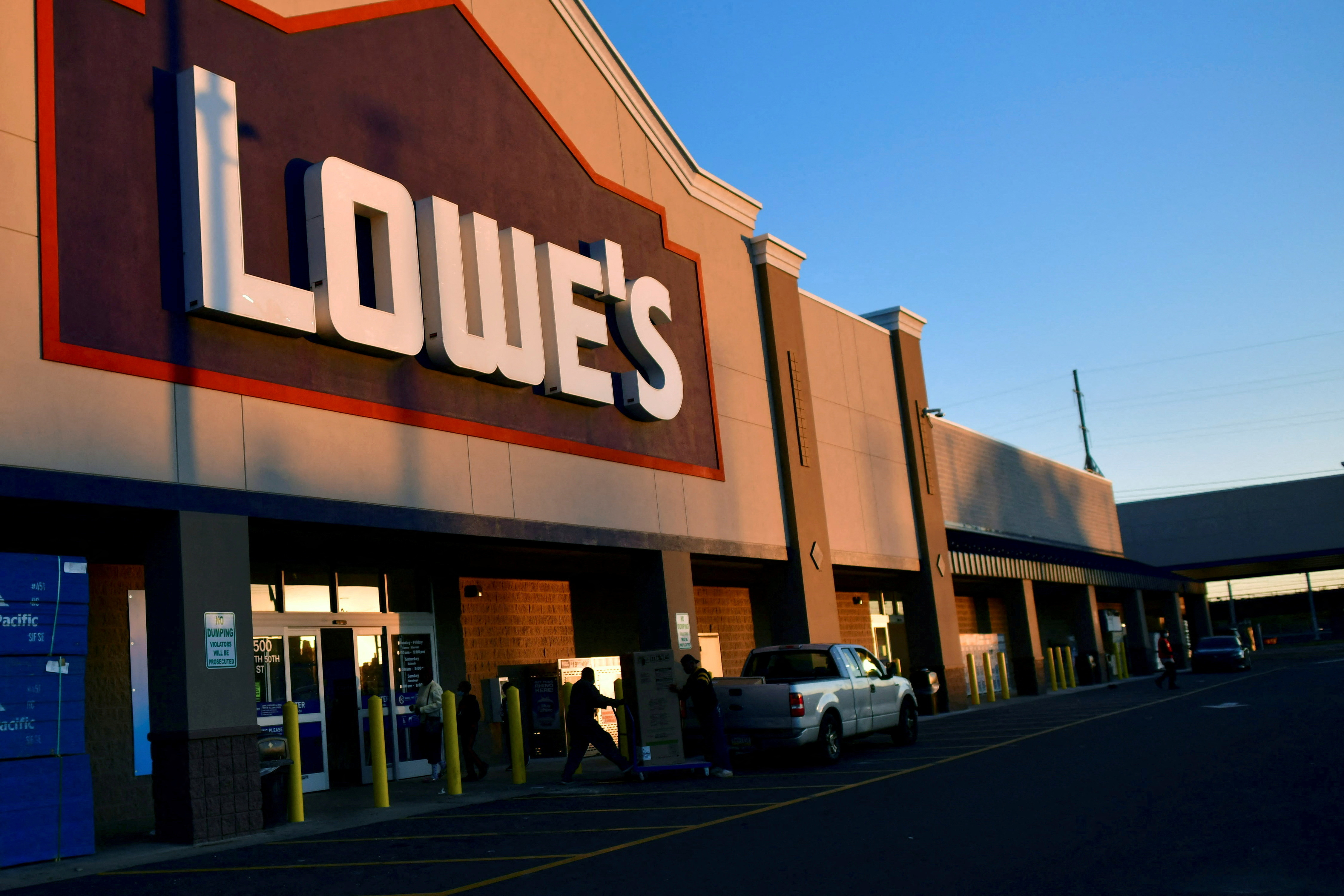Slip and fall accidents are common occurrences that can happen anywhere, from residential homes to commercial establishments. These incidents can result in serious injuries, ranging from minor bruises to more severe consequences like fractures or head injuries. In this article, we’ll delve into the causes of slip and fall accidents, strategies for prevention, and the legal aspects /cryptomellow.com/ associated with such incidents. Causes of Slip and Fall Accidents
Table of Contents
Wet or Uneven Surfaces:
Wet floors, spilled liquids, or recently cleaned surfaces can pose a significant hazard. Uneven or poorly maintained flooring, such as loose tiles or torn carpets, also increases the risk of a slip and fall.
Weather Conditions:
Rain, snow, or ice can make outdoor surfaces slippery. Property owners are responsible for taking reasonable measures to address weather-related risks, such as timely snow removal and salting.
Lack of Warning Signs:
Failing to provide proper warning signs for potential hazards, such as wet floors or recently waxed surfaces, can contribute to slip and fall accidents.
Inadequate Lighting:
Poorly lit areas increase the likelihood of accidents. Insufficient lighting can make it difficult for individuals to see potential hazards and navigate safely.
Footwear:
Wearing inappropriate footwear or shoes in poor condition can contribute to slips and falls. Individuals should be mindful of the footwear they choose, especially in areas where slipping hazards may exist. Prevention Strategies
Regular Maintenance:
Property owners should conduct regular maintenance to identify and address potential hazards promptly. This includes repairing uneven surfaces, fixing leaks, and ensuring that flooring materials are in good condition.
Proper Signage:
Clearly marked warning signs should be placed in areas where there is a risk of slipping, such as wet floors or recently cleaned surfaces. This helps alert individuals to potential dangers and encourages them to exercise caution.
Adequate Lighting:
Well-lit spaces are crucial for preventing slip and fall accidents. Adequate lighting helps /cryptopamphlet.com/ individuals navigate safely and identify potential hazards in their surroundings.
Weather Preparedness:
Property owners should have a plan in place to address weather-related hazards promptly. This may include snow removal, salting walkways, and ensuring that outdoor areas are safe for use.
Legal Recourse
If someone experiences a slip and fall accident, they may be entitled to seek legal recourse for their injuries. The legal process often involves proving that the property owner was negligent in maintaining a safe environment. Key considerations include:
Duty of Care:
Property owners have a duty to maintain their premises in a reasonably safe condition. Negligence may be established if it is proven that the property owner knew or should have known about a hazardous condition and failed to address it.
Causation:
It must be demonstrated that the hazardous condition directly caused the slip and fall accident and subsequent injuries.
Damages:
The injured party must provide evidence of the damages incurred, including medical bills, lost wages, and pain and suffering.
Conclusion
Slip and fall accidents are preventable through proactive measures and responsible property maintenance. Understanding the common causes and implementing preventive strategies can contribute to safer environments for everyone. In the unfortunate event of a slip and fall, individuals may seek legal recourse to recover damages, holding property owners accountable for negligence and ensuring that safety remains a top priority.




